What's your planning style?
mxk3 z5b_MI
5 years ago
last modified: 5 years ago
Featured Answer
Sort by:Oldest
Comments (36)
functionthenlook
5 years agogardengal48 (PNW Z8/9)
5 years agoRelated Discussions
What's your cooking style?
Comments (27)Sherry, not being flippant, just answering your question: Shopping once a month is possible because that's my only option. I can't drive. I live ten miles from the nearest grocery, and DH is home only once ever 4-5 weeks. The public transportation here is almost non-existent and not dependable, so sometimes I can work in an extra trip using para-transit, but I can't (and don't) count on that. It's not ideal, but it's the situation we have to deal with for another year or so. Also, 95% of the time, Im cooking for one. If I had three or four people here, it might be a problem. But then, if I had three or four people here, chances are one of them could drive. If you had to do it, you could do it. Ive already said, however, that when we move, I want a grocery store within walking distance. Lpink and Annie pretty much nailed the strategy, although I don't have a freezer or Annie's basement of lovely canned goods. I don't drink a lot of milk or orange juice, and I keep boxes of soy, rice and evaporated milk on hand just in case. My primary beverages are tea, water and a bit of cranberry or lime juice diluted in tonic water. I haven't seen fresh fish at any grocery since I lived in San Jose -- so I just ask the seafood clerk to sell me what he has that is still frozen. I use those green bags that inhibit outgassing (thanks Beverly for introducing me to those) and things like celery, peppers, carrots, kale, romaine lettuce stay fresher much longer than when not using them. When those are gone (usually after 7-9 days), I use frozen vegetables. Not much nutritional difference between frozen veggies and out of season fresh ones. I prefer grapes frozen, and frozen or in a muffin is the ONLY way I will eat a banana. If I buy berries, I eat them right away. And now I've learned (from here) that I can freeze lemons and oranges, well, that makes me happy! I don't eat summer squash out of season because it usually has no flavor. Eggplant is impossible to find here anyway, and I'm not paying $3.50 a pound for winter tomatoes even if they did hold up well. I just plan to eat things like asparagus, mushrooms and such early on. Bread is a problem. I have not gotten the hang of baking good bread in this climate/altitude. I use tortillas and pita bread mostly. Both freeze well and don't take up a lot of space. Herbs are another problem. Sometimes I buy fresh, chop it up, mix with a bit of olive oil and freeze in teaspoon quantities. Lpink, try turning the sour cream and cottage cheese containers upside down. I don't know why, but it seems to keep longer and they dont get watery....See MoreNow, you're done-what do you wish you had known while planning?
Comments (68)My opinion on pot fillers. If the pot is too heavy to carry to the stove when the water is cold, I sure don't want to carry it to the sink when the water is boiling. For the effort/cost I don't need one. YMMV, though. I wish I had run my layout by gardenweb members for feedback. I wish I would have thought about a pull out cutting board. I haven't had one for about 30 years and had adapted. Would really like to have one again. The matt white Formica shows every speck of everything! Good, because I can wipe it off right away. Bad because if I haven't wiped it off right away everyone can see it. I live on a gravel road. I rarely use my a/c. Windows are open all the time. The FX stuff I originally planned might have been a better choice. Maybe next time. I do like the look of the white, though. I really hate my upper diagonals but I also hate the blind corner cabs. The more complicated pull down/out doesn't appeal to me. Problem still not solved. I don't like what I have but I don't like the other choices. I thought and thought about this and only came up with the three "I wishes", so all in all, my kitchen turned out pretty good. I am more than delighted to have the peninsula gone and every time I think about my new kitchen I suspect my face has the orgasm expression....See MoreWhat are your T'giving Day plans?
Comments (21)There will be 11 of us, our kids and their spouses and 2 grandsons and my sister and BIL. DS will bring the vegetable and desserts and DIL will bring her wonderful yeast rolls. I will roast a fresh turkey stuffed with sage dressing, candied sweet potatoes, twice baked potatoes, pumpkin bread, gravy, cranberry sauce and Glenda's corn pudding. If it isn't too warm in the afternoon, we will make mulled cider. Then at Christmas there will be only 5 of us with DD and DS celebrating with their in-laws. The day after our DD and her family will arrive for a belated Christmas and grandson's birthday. This year they will take her in-laws to a rented cabin in the mountains for their celebration. Hope it snows for them....See MoreWeek 74: What's for dinner....or planning your kitchen to your style
Comments (45)My kitchen remodel was absolutely designed around how I cook & how we use the kitchen. Three things I wanted were: 1. Lots of natural light - I cook from-scratch meals almost every day and spend a lot of time here. In addition to prep/cooking, this is where most casual entertaining happens, where I fold laundry, work on the computer, and where DH & I eat most meals. I used to have one small window and we looked at walls of upper cabinet boxes (depressing). We eliminated many uppers, added storage in the island, put the range in the corner so that this is now what I see when I'm working there. 2. Induction range - I also chose my stove for how I cook. I prefer the look of a pro-style gas stove but chose induction because the perfect stovetop temp control works best for my style of cooking. I don't do wok or high sear frying, but for 9 months of the year you'll likely see a pot on my stovetop. I do lots of stocks, soups, stews & chowders. Induction was made for simmering! Here's the pot of chicken stock I have going on this rainy day. 3. Big stone (no prep sink) island -I chose to have a big, uninterrupted island top that, in addition to being our preferred everyday eating spot, also works as a serving table for buffets (has the plugs for crockpots/warming trays). It also allows for a number of people to work around it with room to spare. Like when the grands come over for the annual Christmas cookie bake ;) There are SO many elements I just love in other kitchens posted here but some just wouldn't have worked as well for me. I've used this kitchen for almost a year now, though, and still appreciate it every day. Great thread to get people in the planning stages to really consider their priorities for use over just looks. ETA - Happy Birthday, Texas_Gem!...See Morefunctionthenlook
5 years agomxk3 z5b_MI
5 years agolast modified: 5 years agowoodyoak zone 5 southern Ont., Canada
5 years agoYardvaark
5 years agomazerolm_3a
5 years agoGardenHo_MI_Z5
5 years agolast modified: 5 years agoken_adrian Adrian MI cold Z5
5 years agoFastInk
5 years agovioletsnapdragon
5 years agooursteelers 8B PNW
5 years agogardengal48 (PNW Z8/9)
5 years agovioletsnapdragon
5 years agomxk3 z5b_MI
5 years agolast modified: 5 years agogardengal48 (PNW Z8/9)
5 years agomxk3 z5b_MI
5 years agolast modified: 5 years agoperen.all Zone 5a Ontario Canada
5 years agolast modified: 5 years agoUser
5 years agoken_adrian Adrian MI cold Z5
5 years agomaisie6b
5 years agoDeb
5 years agonoseometer...(7A, SZ10, Albuquerque)
5 years agoRevolutionary Gardens
5 years agoUser
5 years agolast modified: 5 years agoYardvaark
5 years agodbarron
5 years agoRevolutionary Gardens
5 years agorob333 (zone 7b)
5 years agolast modified: 5 years agoprairiemoon2 z6b MA
5 years agoUser
5 years agolast modified: 5 years agoUser
5 years agolast modified: 5 years agomxk3 z5b_MI
5 years agoUser
5 years agoFaith
5 years ago
Related Stories
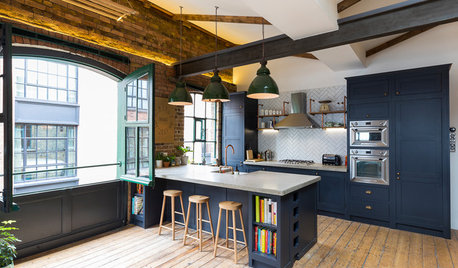
APARTMENTSHouzz Tour: Fun Open-Plan Style Remakes a Former London Warehouse
Packed with original factory features, this inviting space loses a bath to gain a bedroom
Full Story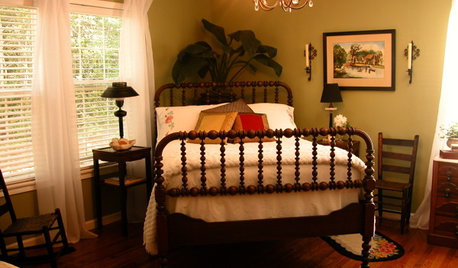
BEDROOMSStyling Your Bedroom: The Corner Bed Floor Plan
Put the bed in the corner for a whole new angle on your furniture arrangement
Full Story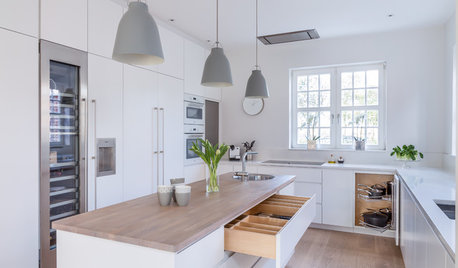
WHITE KITCHENSCool Scandinavian Style in an Open-Plan Kitchen
A London family replicates the elegance of its previous kitchen in a larger space, adding lots of concealed storage
Full Story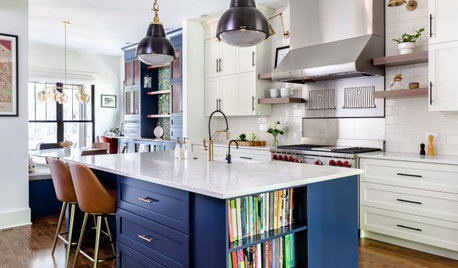
KITCHEN DESIGNKitchen of the Week: Smart Space Planning and Bold Style
A designer gives a kitchen an open layout to fit her clients’ lifestyle and a hip vibe to suit their tastes
Full Story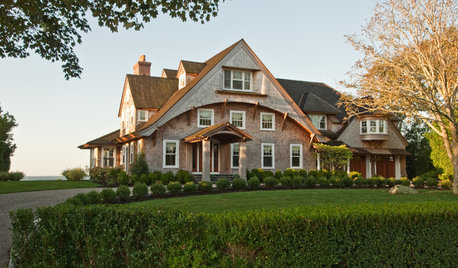
ARCHITECTURERoots of Style: Shingle Style Is Back — Here's How to Spot It
Intimate or rambling, in the coast or by the sea, Shingle homes are seeing a revival. Has your home joined in?
Full Story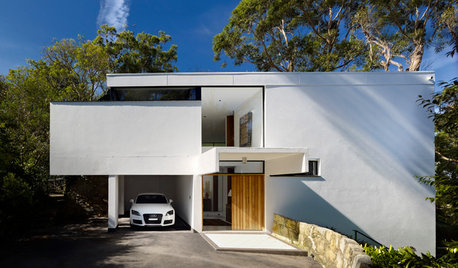
MODERN ARCHITECTURERoots of Style: International Style Celebrates Pure Form
Using technology and materials of the time, International style is always current. See its expression in these 16 homes around the world
Full Story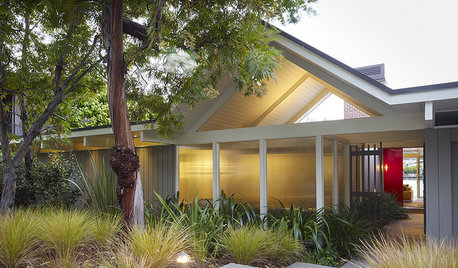
ARCHITECTURERoots of Style: Midcentury Styles Respond to Modern Life
See how postwar lifestyles spawned a range of styles, including minimalist traditional, ranch, split level and modern shed. What's next?
Full Story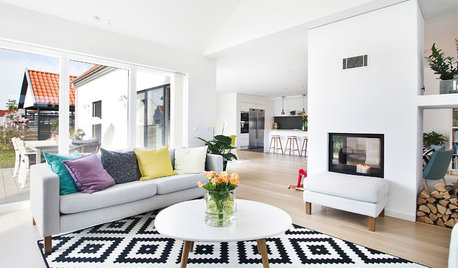
ARCHITECTUREOpen Plan Not Your Thing? Try ‘Broken Plan’
This modern spin on open-plan living offers greater privacy while retaining a sense of flow
Full Story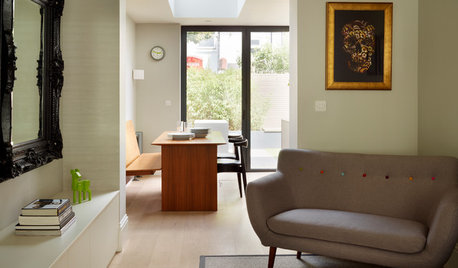
KITCHEN DESIGNSavvy Style and Easy Flow in a Contemporary Kitchen
A well-planned ground-floor addition makes room for a streamlined kitchen and dining area in a London terraced house
Full Story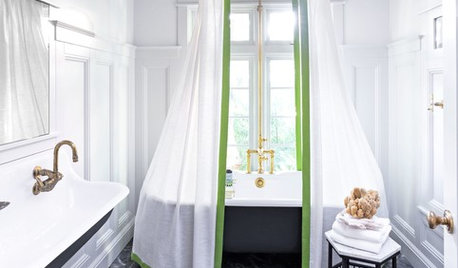
BATHROOM MAKEOVERSRoom of the Day: Sophisticated Schoolhouse Style for a Kids’ Bathroom
A renovated bathroom gets smaller, but the easier-to-navigate open plan and old-school finishes pass with flying colors
Full Story



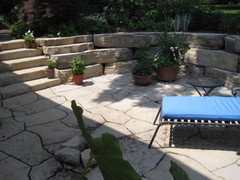

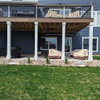

User